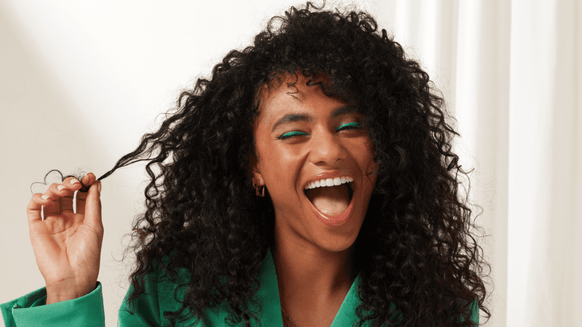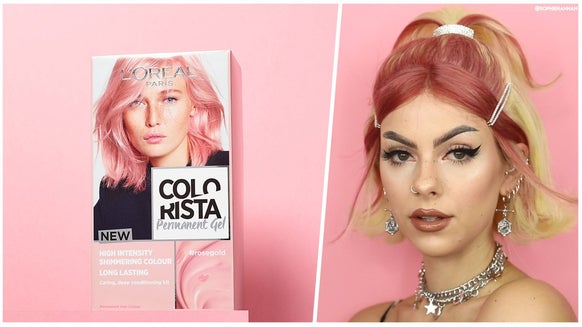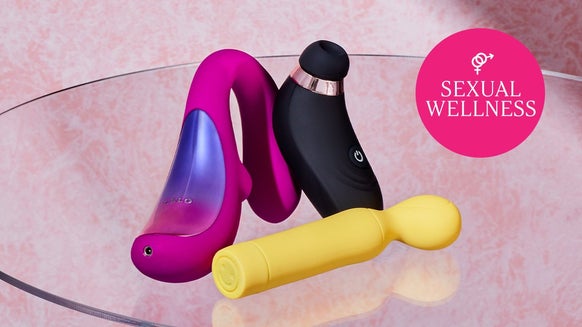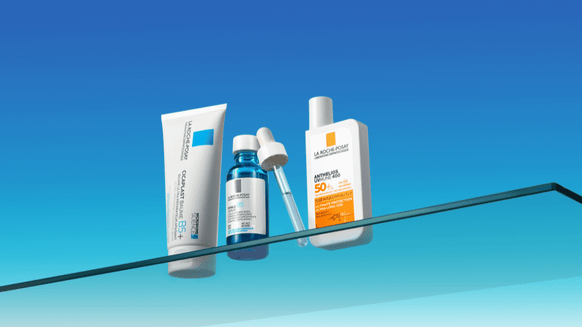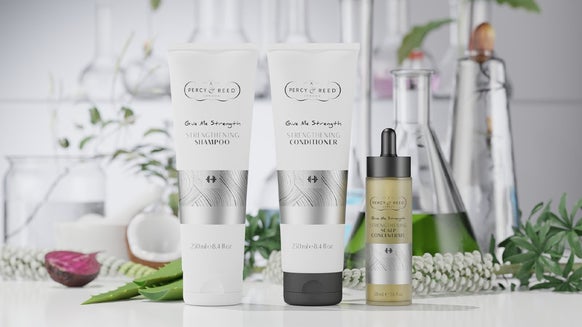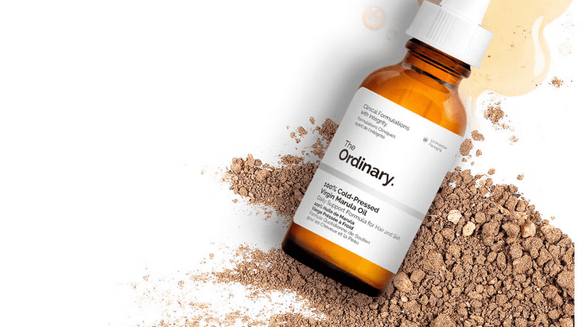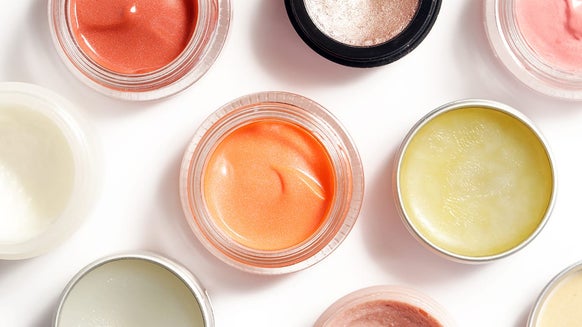The Differences Between Rosacea and Acne
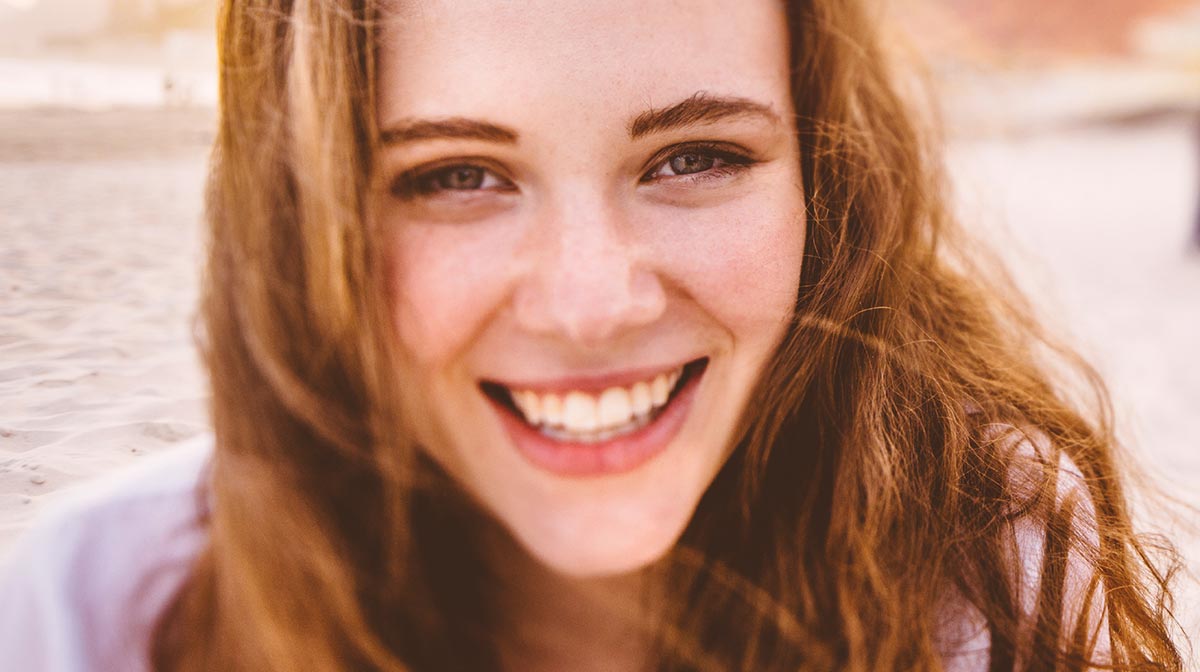
Understanding the needs of your skin can significantly improve your concerns and management of skin conditions. This is why it is vital that you seek an expert diagnosis before starting treatment. Keeping this in mind and following on from my last piece, today I wanted to speak about differential diagnosis of Rosacea – particularly how to differentiate Rosacea and Acne.
Both of these conditions affect thousands of people, yet the education around the subject is lacking and there is a lot of misunderstanding which leads to misdiagnosis and mistreatment. We have explained what Rosacea is and how best to manage Rosacea, but there can be confusion about spotting the signs. Today I'm looking into the difference between Acne and Rosacea and what to look out for.
How to Differentiate Between Rosacea and Acne
The best way to tell which skin issue you may be suffering with is to understand what you are looking for. Rosacea and Acne both have very different treatment methods and so you should be sure that you are trying to tackle the right issue. Whilst we recommend heading to your doctor or dermatologist for a final diagnosis, these are the signs you should look for if you suspect you are suffering from Rosacea rather than Acne.
The Symptoms of Rosacea
Rosacea is often diagnosed by certain subtypes which are determined by specific characteristics. However, most patients can fluctuate between the subtypes while most see their symptoms worsening over time if left untreated.
Subtype 1 (Erythematotelangiectatic Rosacea). This is usually the first sign of Rosacea and is normally distinguished by presence of flushing and persistent redness (erythema) as well as some visible blood vessels (telangiectasia). Subtype 2 (Papulopustular Rosacea). This is when the subtype 1 seems to worsen. Usually it starts to include papules and pimples as well as severe redness which is present more regularly. Subtype 3 (Phymatous Rosacea). When Rosacea is left untreated, the skin starts to thicken which results in enlargement of the nose. This is seen more commonly in men. Subtype 4 (Ocular Rosacea) This subtype is characterised by symptoms affecting the eyes, including dry eyes, irritation, burning sensation, swelling of the eyelids and reoccurring styes as well as potential sight loss.
It is also worth mentioning that the subtype can also be influenced by your skin type. Subtype 1 is usually seen more regularly in individuals who have dry skin, whereas subtypes 2 and 3 are associated with oily skin. This makes it even more vital to have a good skincare routine which tackles hydration and oil production as well as potential Rosacea symptoms.
The Symptoms of Acne
Whilst on first glance, Acne and Rosacea may seem similar, the two have some important differences. Acne displays very differently to Rosacea, so watch out for the following:
Where it affects. Acne primarily affects the face but unlike Rosacea the condition can also be affect chest, shoulders and back. What the spots are like. Like Rosacea, people suffering from Acne often have papules and pustules on the skin. However, there also tends to be a high number of comedones (whiteheads, blackheads and bumps) as well. Kind of Redness. With Acne, there is generally little or no redness other than on specific blemishes and there is also a lack of visible blood vessels. With Rosacea, the redness is persistent rather than a result of scarring or inflammation. Amount of Oil. Another major indication of Acne is oily skin due to over production of sebum. This is often what causes blocked pores.

Our team of beauty experts cover everything from makeup to skincare, picking out the most effective products from the best brands and latest trends. Stay up to date on everything beauty with the LOOKFANTASTIC blog, and find all your essentials in one place.

